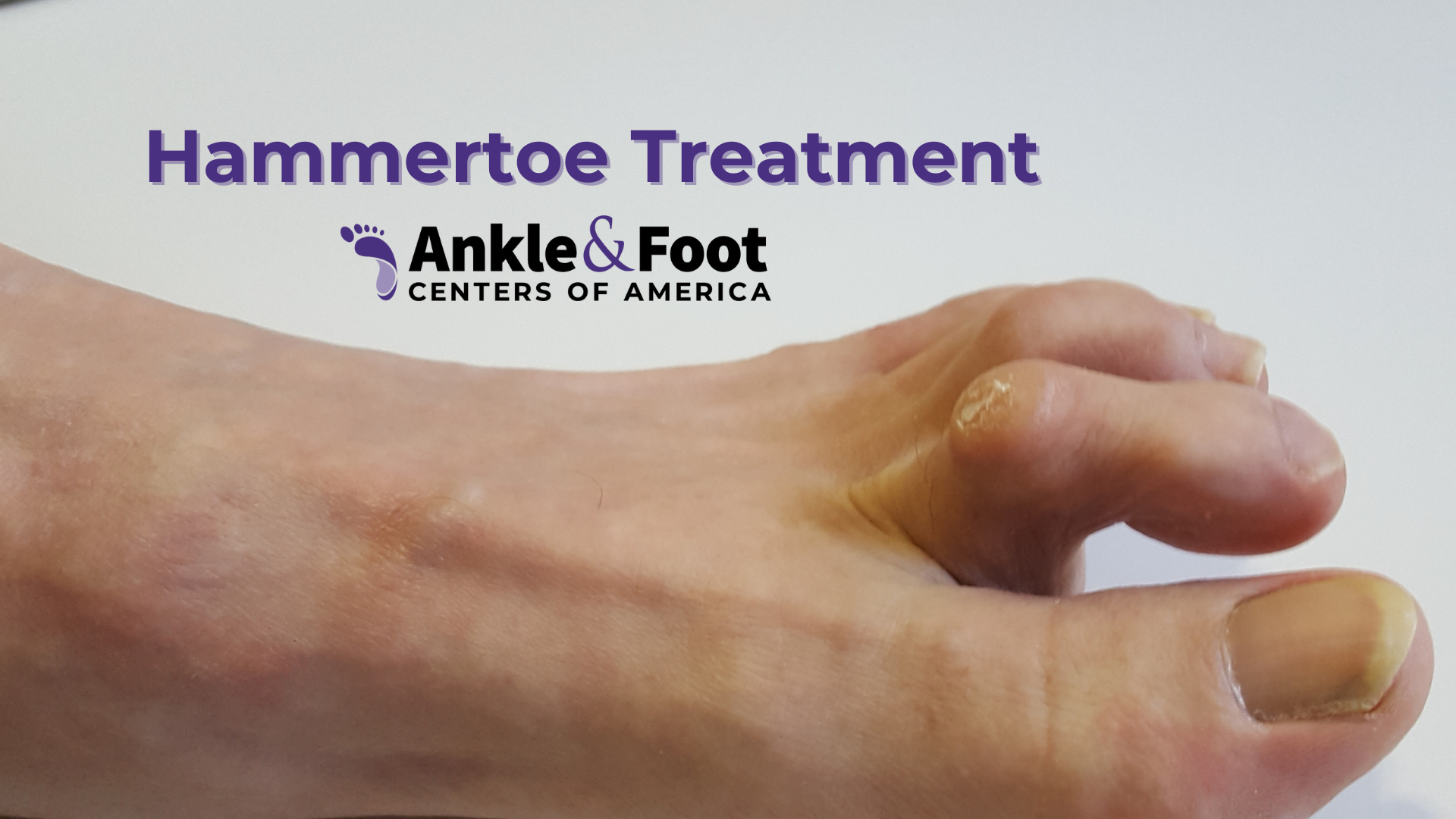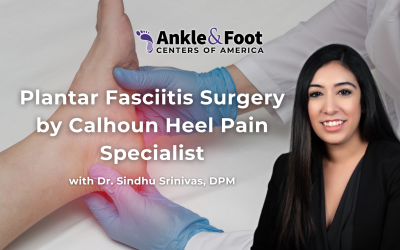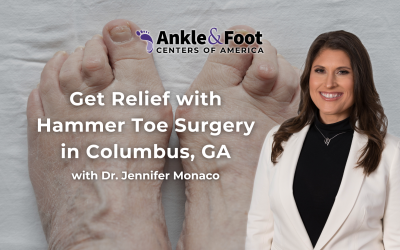Foot health is an essential aspect of overall well-being that is often overlooked until discomfort or problems arise. Among the various conditions that can affect our feet, hammertoe and mallet toe are quite common yet frequently misunderstood. This section aims to shed light on these conditions, providing a comprehensive understanding of what they are and why it’s crucial to seek treatment.
Table of Contents
Definition and Explanation of Hammertoe and Mallet Toe
Hammertoe and mallet toe are deformities that typically occur in the second, third, or fourth toes. In the case of hammertoe, the middle joint of the toe bends abnormally, causing it to resemble a hammer. Mallet toe, on the other hand, involves an abnormal bend in the joint closest to the tip of the toe, causing it to appear like a mallet. Both conditions can cause discomfort, pain, and challenges in daily activities, significantly impacting the quality of life.
Understanding the Need for Hammer Toe Treatment
Without proper treatment, hammertoe and mallet toe can lead to severe pain and further complications such as calluses, corns, and difficulty walking. Early intervention can help manage symptoms, prevent the condition from worsening, and preserve mobility. However, if conservative treatments fail, surgical options may be necessary to correct the deformity and alleviate discomfort. Understanding the need for hammer toe treatment is the first step towards restoring foot health and comfort.
What are the Symptoms of Hammertoe and Mallet Toe?
Understanding the causes and symptoms of hammertoe and mallet toe can help in early detection and treatment, potentially preventing the need for surgical intervention. Both conditions can be influenced by a variety of factors, from genetic predisposition to footwear choices.
Common Causes Leading to These Conditions
Hammertoe and mallet toe can result from several causes. In many cases, wearing shoes that are too tight, too short, or high-heeled can force the toes into a bent position, leading to these deformities over time. Other causes may include muscle imbalances or nerve damage that affects the muscles of the toes. Some people are more prone to these conditions due to genetic predisposition or underlying medical conditions, such as arthritis or diabetes.
Symptoms That Suggest the Presence of Hammertoe or Mallet Toe
Typically, the most visible sign of both hammertoe and mallet toe is the abnormal bend in one or more of the toes. However, other symptoms may accompany this noticeable deformity. These can include pain or discomfort when moving the toe or when wearing shoes, formation of corns or calluses on the top of the toe joint due to friction against shoes, and in some cases, loss of flexibility in the affected toe. If you notice any of these symptoms, it’s essential to seek medical advice to determine the most appropriate hammer toe treatment.

Non-surgical Hammertoe Treatment Options
Not all cases of hammertoe and mallet toe require surgical intervention. Often, non-surgical or conservative treatments can alleviate discomfort and halt the progression of the condition. The aim is to relieve pressure on the toe, improve comfort, and correct the positioning of the foot as much as possible.
Use of Hammertoe Shoes for Comfort and Prevention of Further Damage
One of the simplest and most effective treatments for hammertoe and mallet toe is to wear appropriate footwear. Hammertoe shoes are specially designed with extra room in the toe box to accommodate the deformed toe and reduce pressure. They can help in providing comfort and preventing further damage to the toe. The shoes are typically soft, have wide toe boxes, and are adjustable to accommodate swelling or changes in foot shape.
Hammertoe Crest Pad: Its Role and Benefits in Treatment
 A hammertoe crest pad is a useful tool in the non-surgical treatment of hammertoe. It is a soft, cushion-like device that fits around the toe and beneath the bent joint. The crest pad can help alleviate pressure and reduce friction against shoes, providing relief from pain and discomfort. Regular use of a hammertoe crest pad can also assist in repositioning the toe and preventing further deformity.
A hammertoe crest pad is a useful tool in the non-surgical treatment of hammertoe. It is a soft, cushion-like device that fits around the toe and beneath the bent joint. The crest pad can help alleviate pressure and reduce friction against shoes, providing relief from pain and discomfort. Regular use of a hammertoe crest pad can also assist in repositioning the toe and preventing further deformity.
Other Conservative Treatments and Lifestyle Changes
In addition to specialized footwear and crest pads, other non-surgical treatments can include exercises to stretch and strengthen the toes, over-the-counter pain relievers, and custom orthotic devices. Lifestyle changes, such as avoiding high-heeled or tight shoes, can also be beneficial. It’s important to remember that each case is unique, and what works best will depend on the individual’s specific condition and lifestyle. Always consult with a medical professional for personalized advice on hammer toe treatment.
Hammertoe Surgery: When is it Necessary?
While conservative treatments are generally the first line of defense against hammertoe and mallet toe, there are situations where these methods may not provide adequate relief, or the condition may have progressed to a point where surgery becomes necessary. In such cases, hammertoe surgery can be an effective solution to correct the deformity and restore functionality.
Criteria for Considering Surgery
Hammertoe surgery is typically considered when non-surgical treatments fail to relieve symptoms, or if the toe has become rigid and immovable. The decision for surgery is also influenced by factors such as the severity of the deformity, the level of pain or discomfort experienced, and the impact of the condition on a person’s daily activities. Medical professionals will evaluate the patient’s overall health, age, and lifestyle before recommending surgery.
Different Types of Hammer Toe Surgery
The type of hammertoe surgery depends on the specifics of the patient’s condition. There are generally three types of procedures:
- Tendon transfer: This procedure involves redirecting tendons from under the toe to the top of the toe, helping to pull the bent joint into a straight position.
- Joint resection (arthroplasty): In this procedure, the surgeon removes part of the joint, allowing the toe to straighten.
- Fusion (arthrodesis): This involves removing part of the joint and then using pins, screws, or a rod to hold the toe straight while it heals.
Each type of surgery has its pros and cons, and the choice depends on factors like the severity of the deformity, the patient’s age, and overall health status.
Post-Surgery Recovery Process
Recovery from hammertoe surgery typically involves some swelling and discomfort, which can be managed with medication. The patient may need to use crutches or a special surgical shoe to protect the foot and keep weight off the affected toe. The exact recovery timeline varies, but most people can resume normal activities within six weeks. Follow-up appointments will be necessary to ensure the foot is healing correctly, and physical therapy may be recommended to restore strength and flexibility to the toe.
Understanding Hammertoe Correction Surgery
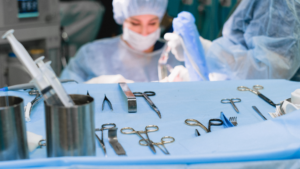 Hammertoe correction surgery can be a significant step toward alleviating pain, restoring normal toe function, and improving quality of life. However, like all surgical procedures, it is crucial to understand what the surgery involves, its associated risks, and what to expect during the recovery process.
Hammertoe correction surgery can be a significant step toward alleviating pain, restoring normal toe function, and improving quality of life. However, like all surgical procedures, it is crucial to understand what the surgery involves, its associated risks, and what to expect during the recovery process.
The Surgical Process of Correcting a Hammertoe
Hammertoe correction surgery is usually an outpatient procedure, meaning patients can return home on the same day. The surgery begins with the administration of anesthesia – local, regional, or general, depending on the patient’s health status and the complexity of the surgery. Once anesthesia takes effect, the surgeon makes an incision in the affected toe to gain access to the deformed joint. The specific surgical procedure (tendon transfer, joint resection, or fusion) is then performed to correct the deformity. After the procedure, the incision is closed, and the foot is bandaged.
Risks and Potential Complications of Surgery
As with any surgical procedure, hammertoe correction surgery carries some risks. These may include infection, bleeding, nerve damage, or adverse reactions to anesthesia. There’s also the possibility that the surgery may not fully correct the deformity, or the hammertoe could recur. Furthermore, some patients may experience stiffness in the toe or a change in the balance of their foot, which can affect gait. It’s crucial to discuss these potential risks and complications with the surgeon before deciding on surgery.
Post-surgery Recovery Process
Recovery after hammertoe correction surgery varies depending on the specific procedure performed and the individual’s overall health. After surgery, patients can expect some pain and swelling, which can be managed with prescribed pain medications and by elevating the foot. A special surgical shoe or a boot may be needed to protect the foot and limit mobility of the toe as it heals. The sutures are usually removed about two weeks post-surgery, and most patients can resume regular activities within six to eight weeks. Physical therapy may also be recommended to restore strength and flexibility in the toe. Follow-up appointments are crucial to monitor the healing process and ensure a successful outcome.
Minimally Invasive Hammertoe Surgery
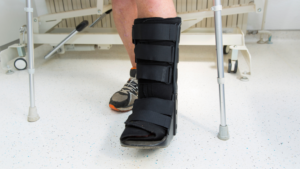 As medical technology continues to advance, minimally invasive procedures are becoming increasingly popular due to their potential for shorter recovery times and fewer complications. Minimally invasive hammertoe surgery is one such procedure that offers an alternative to traditional open surgery.
As medical technology continues to advance, minimally invasive procedures are becoming increasingly popular due to their potential for shorter recovery times and fewer complications. Minimally invasive hammertoe surgery is one such procedure that offers an alternative to traditional open surgery.
Minimally Invasive Surgical Options
Minimally invasive hammertoe surgery involves the use of specialized instruments and techniques to correct the deformity through smaller incisions compared to traditional surgery. The procedure typically involves making a small incision to access the toe joint, followed by the correction procedure (such as tendon transfer, joint resection, or fusion). The smaller incision reduces damage to surrounding tissues, which can lead to less postoperative pain and faster healing.
Benefits and Potential Drawbacks of Minimally Invasive Procedures
The primary benefits of minimally invasive hammertoe surgery are less postoperative pain, reduced scarring due to smaller incisions, shorter hospital stays (often being an outpatient procedure), and faster recovery times. This type of surgery may also reduce the risk of complications such as infection and bleeding.
However, minimally invasive procedures are not without potential drawbacks. These can include a limited view of the surgical area for the surgeon, potentially leading to less precise correction. Additionally, not all cases of hammertoe are suitable for minimally invasive surgery. More severe deformities or cases where previous surgeries have been performed may require traditional open surgery.
Comparing Minimally Invasive Hammertoe Surgery to Traditional Surgery
While minimally invasive hammertoe surgery offers several advantages, the choice between traditional and minimally invasive surgery depends on several factors. These include the surgeon’s expertise and comfort with minimally invasive techniques, the severity of the hammertoe, the patient’s overall health, and patient preferences. A detailed discussion with the healthcare provider can help determine the best approach for each individual case. Both types of surgery aim to alleviate symptoms, correct the deformity, and improve the patient’s quality of life.
Post-surgical Care and Rehabilitation
The period following hammertoe surgery is crucial to ensure successful recovery and restoration of foot function. Post-surgical care and rehabilitation involve several aspects, including appropriate footwear, physical therapy, and regular follow-up appointments.
Use of Hammertoe Shoes Post-Surgery for Recovery and Comfort
Following surgery, your foot will likely be swollen and sensitive, and normal shoes may not fit or provide the necessary support. Hammertoe shoes can play a significant role in recovery. These shoes are designed with a wider and higher toe box to accommodate the bandaged foot and any post-surgical hardware, such as pins. They also provide the needed support to the foot to aid in healing and prevent injury. Over time, as the swelling decreases and the foot heals, you will be able to transition back to regular shoes.
Physical Therapy and Exercises for Strengthening and Regaining Flexibility
Physical therapy is a vital component of post-surgical recovery. A physical therapist can guide you through a series of exercises designed to strengthen the muscles in your foot and improve flexibility in your toe. These exercises can help prevent stiffness, restore range of motion, and improve your ability to walk normally. It’s essential to follow the exercise regimen provided by your physical therapist consistently for optimal recovery.
Importance Monitoring Progress Post-Operatively
Regular follow-up appointments after surgery are crucial to monitor the healing process, ensure that the bone is aligning correctly, and check for any potential complications. These appointments are an opportunity for your doctor to assess your progress, make necessary adjustments to your treatment plan, and answer any questions or concerns you may have. It’s important to attend all scheduled follow-ups and to report any unusual symptoms or concerns to your doctor promptly.

Prevention of Hammertoe and Mallet Toe
While hammertoe and mallet toe can sometimes be due to factors beyond our control, such as genetics or certain medical conditions, there are steps we can take to reduce the risk. Prevention strategies include proper footwear, lifestyle changes, and regular foot care.
Lifestyle Changes to Prevent the Conditions
Certain lifestyle changes can help prevent the development or progression of hammertoe and mallet toe. These include maintaining a healthy weight, as excess weight can put pressure on your feet and contribute to foot problems. Regularly exercising can help keep your foot and toe muscles strong and flexible, reducing the risk of muscle imbalances that can lead to these conditions. Incorporating foot-strengthening exercises and stretches into your routine can also be beneficial.
Importance of Appropriate Footwear
Footwear plays a significant role in foot health. Shoes that are too tight, have high heels, or do not provide adequate support can force your toes into abnormal positions and lead to conditions like hammertoe and mallet toe. Opt for shoes with a roomy toe box, good arch support, and a low to moderate heel. It’s also important to ensure that your shoes are the right size – both in length and width. If you regularly wear high heels, try to limit the time spent in them, and alternate with more foot-friendly shoes.
Regular Foot Care and Check-Ups
Regular foot care is essential to prevent foot problems. This includes daily inspection of your feet to check for any changes or abnormalities, keeping your feet clean and dry to prevent fungal infections, and trimming your toenails straight across to avoid ingrown nails. If you notice any changes in the shape or position of your toes, or if you start experiencing foot pain, seek medical advice early. Early detection and treatment of foot problems can prevent them from becoming more serious and requiring more invasive treatments. Regular check-ups with a podiatrist can also help maintain good foot health.
Ensuring Foot Health and Mobility
Foot health is an integral part of our overall well-being and mobility. Conditions like hammertoe and mallet toe can significantly impact our daily activities, causing discomfort and reducing functionality. Understanding these conditions, their treatments, and preventative measures can help ensure our foot health and quality of life.
The Importance of Seeking Professional Advice for Foot Problems
If you suspect you have a hammertoe or mallet toe, it’s crucial to seek professional advice as early as possible. Early diagnosis and treatment can often prevent the condition from worsening and preserve the functionality of your foot. Your healthcare provider can guide you through the various treatment options, both surgical and non-surgical, and help you make an informed decision based on your specific condition and lifestyle.
Key Takeaways About Hammer Toe Surgery
Hammertoe and mallet toe are common foot conditions that can cause discomfort and impact your daily activities. Both conditions can be effectively managed with a combination of conservative treatments and lifestyle changes. In cases where non-surgical treatments are ineffective, hammertoe surgery can be a successful intervention to correct the deformity and relieve discomfort. Minimally invasive surgical options are available and can offer shorter recovery times and fewer complications. Post-surgical care, including the use of hammertoe shoes, physical therapy, and regular follow-up appointments, is crucial for successful recovery. Prevention strategies, such as wearing appropriate footwear, maintaining a healthy lifestyle, and regular foot care, can help prevent these conditions and maintain foot health. Always consult with a healthcare provider for personalized advice and treatment options.

